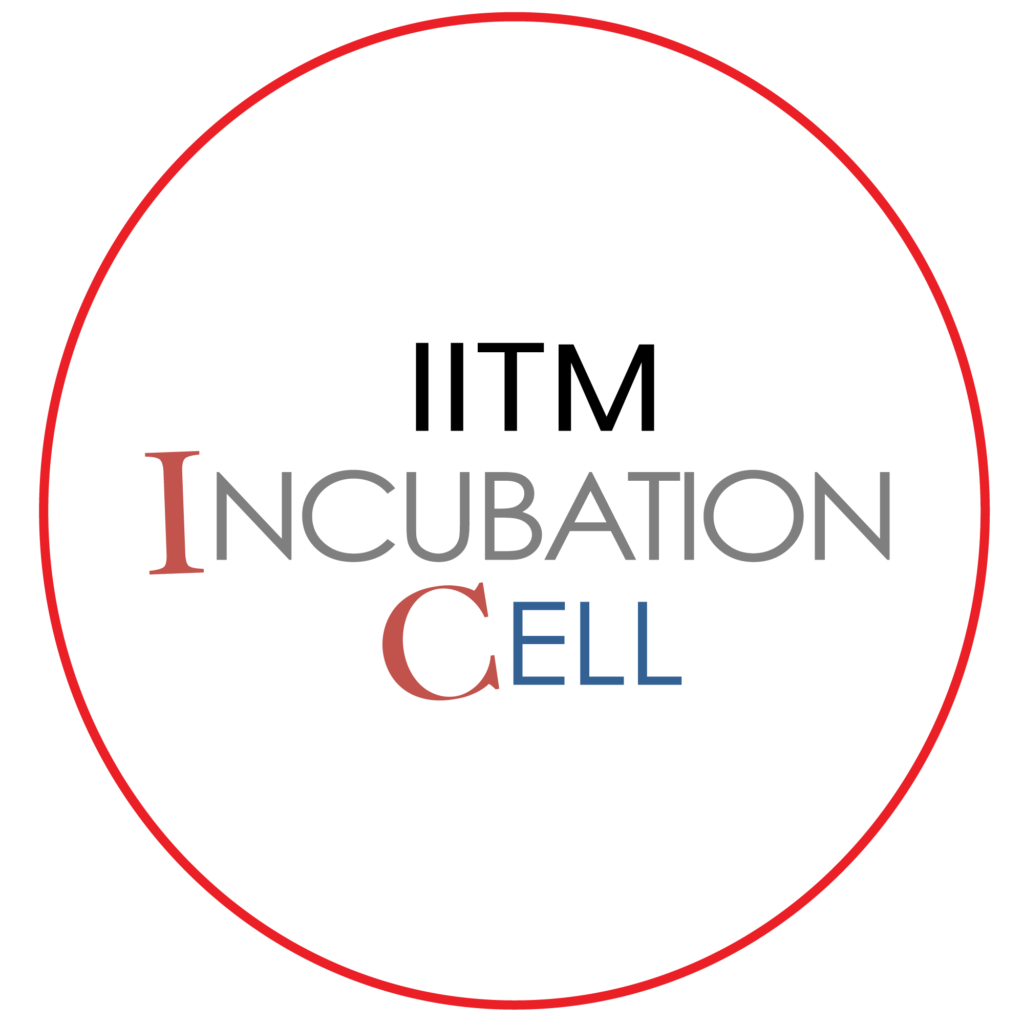1.1 Introduction
(15 Min Read)
How are you able to access this course right now?
What device are you using to access it?
Your answers might be, ‘I am accessing it through my laptop’, ‘I have a computer at my home’,
‘The internet connectivity is helping me’, ‘Me and my friends are taking the course together in the college facility’, etc.
Now, look around you and reflect on all the things that enable you to live, work and do all the things that you like to do each day.
These can range from the environment you are in, the furniture you use, the clothes you wear, the devices you use, and many more. It also includes the laptop/computer, mobile phone and internet connectivity you mentioned earlier.
It can even be as simple as the pen and the notepad you use to take notes.
What can we call these everyday items, devices and technologies that are making our lives easier?
Aren’t these devices and technologies ‘assisting’ in enhancing our living experience?
Yes, indeed!! Now, let us look at how Assistive Technology is defined.
The Assistive Technology Act of 1998 defines Assistive Technology as, ‘Any item, piece of equipment or product system whether acquired commercially off the shelf, modified, or customized that is used to increase, maintain or improve functional capabilities of
individuals with disabilities.’
Having read this, could we answer a simple question here?
Who needs Assistive Technology? Is it only People with Disabilities?
Check this article which will help you in answering this question. This helps to bring in the focus that many of the devices and technologies developed originally for People with Disabilities later have been accepted and acknowledged as a mainstream product by all.
Link: 8 Everyday Items Originally Invented for People With Disabilities | HowStuffWorks
3 Min Watch
Isn’t it fascinating that each product developed in the field of Assistive Technology has the potential to hit the mainstream world!
Check out the short video on the left, on the fascinating side of Assistive Technology and how each user aspires it to be
Assistive technology changes lives – video
1.2 Classification & Design perspectives
- Designing assistive solutions for People with Disabilities goes beyond the lens of the technology involved. The entire cycle of development revolves around the user. Hence, understanding the human element (I.e., how a person interacts with the environment for performing a specific task and identifying the barriers to performance), and keeping it as the focal point throughout the process is essential.
- The paradigm shift from the medical (the person with disability is a problem to be solved) to social modelof Disability(the problem is in the inaccessible environment and not with the person with disability) opened up the possibility of looking at the individual beyond their impairment. This is where Assistive Technology works as a catalyst.
- Designing Assistive Technology starts from evaluating the needs of the individual, identifying suitable solutions, evaluating the adaptiveness (safety, affordability, participation, etc), implementing the solution and finally evaluating the impact. Missing out on any of these stages affects the efficiency of the implemented technology.
Lecture 1 - Introduction to AT
Here is a lecture to take you through the types of Assistive technology devices and the importance of a user-centered design and implementation approach.
48-min- Recorded lecture
Resource Person:
Dr. Akila Surendran,
Consultant – Assistive Technology,
10X – IIT Madras Research Park
akila@incubation.iitm.ac.in
Focus Areas covered:
- Quick overview of Assistive Technology and types.
- HAAT Model: The Human-Activity-Assistive Technology Model.
- Critical elements in the ‘discover to delivery’ phase of Assistive Technology.
- Functional framework – The design principles behind developing a quality product.
- Lived experience – Journey of an Assistive Technology user.
Students can pause and resume the lecture after watching the videos.
NeoMotion: NeoFly and NeoBolt (Accessible mobility solutions) video link
Phoenix Medical Systems: Arise Standing Wheelchair
Phoenix Medical Systems: Smartcane
Thinkerbell Labs – Annie – Self learning Braille device
Trestle Labs: Kibo XS: Listen, Translate and Digitize (Printed and Handwritten texts)
SignAble Communications – SignAble app: On-demand Indian Sign Language interpretation service
TinkerTech Labs – TranscribeGlass: Real time captioning tool
Avaz, Inc – Avaz: Picture based communication app
1.4 Conclusion
Assistive Technologies level the playing field for people with diverse abilities.There is a huge, unmet need for AT across the world, especially in developing countries. A human-centered approach at all levels of AT, from development to distribution is essential to ensure adoption and reduce abandonment of the AT device. In the following chapter, we will look closer at the AT product development cycle with the help of some case studies.
Additional Resources
1. Assistive Technology over the years in the life of a Person with Deafblindness: Conversation between Pradip Sinha (SEDB: Society for the empowerment of the Deafblind, India) and Dr.Namita Jacob (Chetana Trust, Chennai), in tactile sign language.
iOS Switch Control Demo
2. Video of an Assistive Technology user with high support needs, demonstrating a high-tech tongue-based access switch to navigate his mobile phone.
““Now that you have done this module, let’s go back to the Course content and know more about Future of Assistive Technologies Industry”


